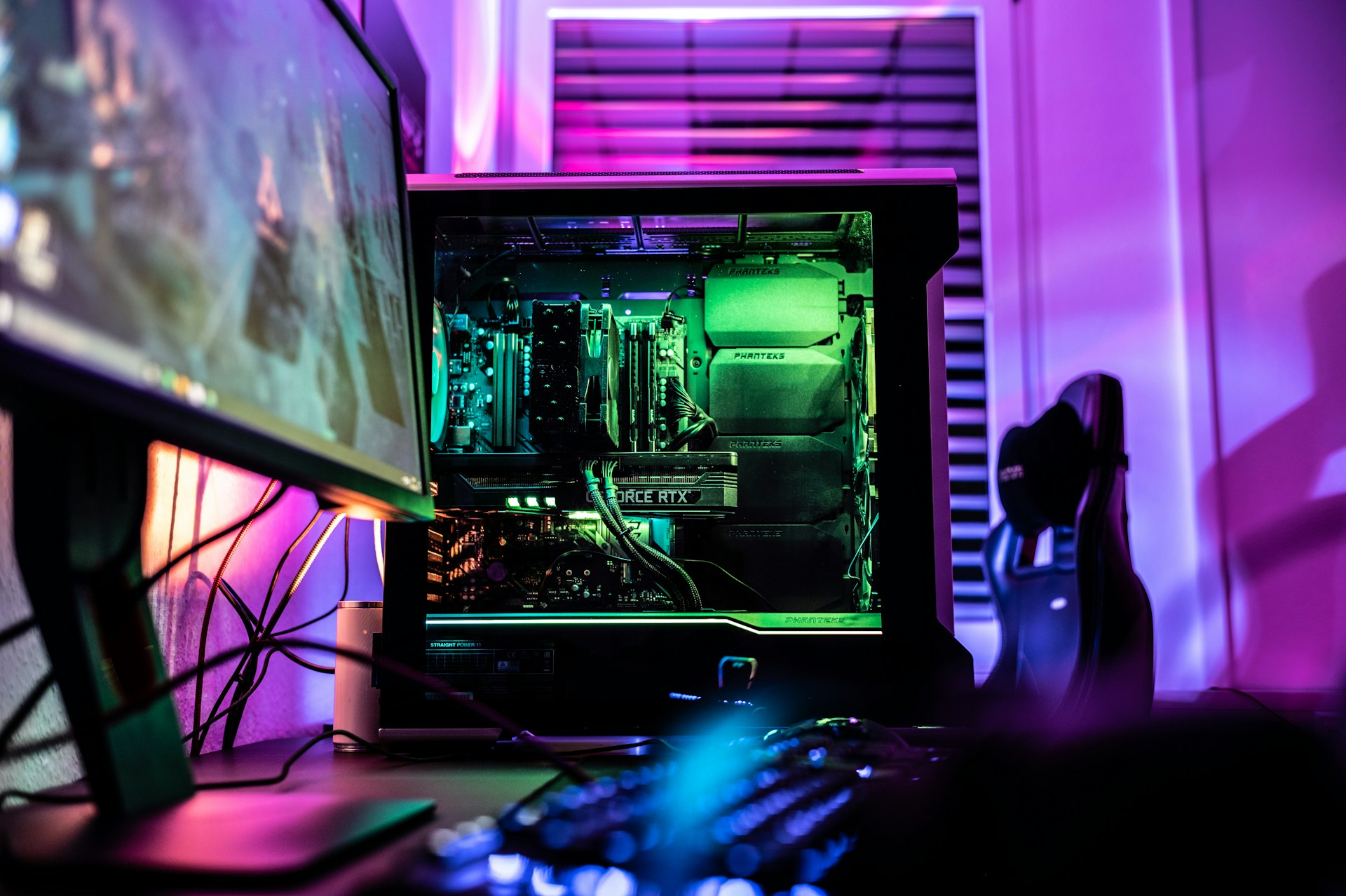This blog contains affiliate links. This means that ReHack may make a small commission if you purchase products through links in this post. Click here to learn more.
_________
Building your perfect gaming setup involves a lot of tough choices. One of the most often overlooked but game-changing decisions is the question of DisplayPort vs. HDMI.
DisplayPort and HDMI are the two leading connector types for gaming displays. While they may look remarkably similar, there are some significant differences between them. Which one you go with can make a big difference in your gaming experience, so here’s a closer look at the two.
What’s the Difference Between DisplayPort and HDMI?
First things first, it helps to understand the difference between DisplayPort and HDMI. You’re probably already familiar with HDMI, the unofficial standard for hooking things up to your TV. More than 10 billion HDMI devices have shipped since it came out. DisplayPort connectors look almost identical, but they feature one flat side and aren’t common outside of computers.
HDMI also uses a 20-pin connector, while DisplayPort uses a 19-pin one. You’ll also find a mechanical catch on most DisplayPort connectors to keep them from slipping out, which only a few HDMI cables have.
Both DisplayPort and HDMI can carry audio signals, too, but HDMI supports flow in both directions, while DisplayPort only sends audio one way. They also serve slightly different purposes, with HDMI working as a multi-purpose connector for TVs and media devices and DisplayPort focusing on computer displays.
DisplayPort vs. HDMI: Pros and Cons
DisplayPort and HDMI have many smaller variations in their supported resolutions, compatibility and refresh rate, too. Here’s a closer look at these technologies and the related benefits and disadvantages.
DisplayPort
Perhaps the biggest advantage of DisplayPort is that it supports higher resolutions and refresh rates in most cases. DisplayPort 2.0, the latest version, supports up to 16k at 60Hz, something few monitors and TVs can even reach. Even its previous versions can handle displays up to 8K at 60Hz. These high resolutions and refresh rates enable a smoother, more impressive visual experience.
Another advantage of DisplayPort over HDMI is its variable refresh rate (VRR) support. Both Nvidia and AMD have VRR technologies, which adjust refresh rates dynamically to create a smoother gaming experience, and only DisplayPort supports them both. HDMI is only compatible with AMD’s VRR, FreeSync.
The biggest downside to DisplayPort is that it’s less versatile. You won’t find DisplayPort outlets on many TVs, and fewer monitors support it. Gaming consoles only feature an HDMI port, too.
Similarly, while DisplayPort 2.0 offers the best visual experience, it’s so new that its support is lacking. You’ll likely need a newer graphics card, which can cost up to $2,000 today, and a brand new monitor.
HDMI
HDMI may not offer quite as high resolutions as DisplayPort 2.0, but it gets close. HDMI 2.1, the most recent version, can support up to 8K at 60Hz and 4K at 120Hz. Keep in mind that, like with DisplayPort 2.0, you’ll need newer equipment to experience these features in full.
HDMI cables can also be longer than DisplayPort ones. While you may not need long cables if you’re building a gaming PC, it’s a convenient feature for setting up an entertainment center.
Another edge HDMI has over DisplayPort is its versatility. Every major gaming console and any GPU you buy today will be HDMI-compatible. It’s also easier to find HDMI-supporting TVs, monitors and other media equipment.
Which Is Best?
With all this in mind, who wins the battle of DisplayPort vs. HDMI? It depends on your specific goals and needs.
If you want the best graphical performance you can get, DisplayPort is your best bet. Just keep in mind that you may struggle to find DisplayPort 2.0-compatible equipment. DisplayPort is also the ideal choice if your computer uses an Nvidia GPU or if you’re worried about your cable becoming loose.
If you prefer convenience and accessibility, HDMI is the way to go. These cables can still deliver impressive visuals, especially if you have an AMD GPU, and they’ll work with more devices. To decide where you land on DisplayPort vs. HDMI, look over your other equipment and consider your goals, and a winner should emerge.
Recent Stories
Follow Us On
Get the latest tech stories and news in seconds!
Sign up for our newsletter below to receive updates about technology trends














